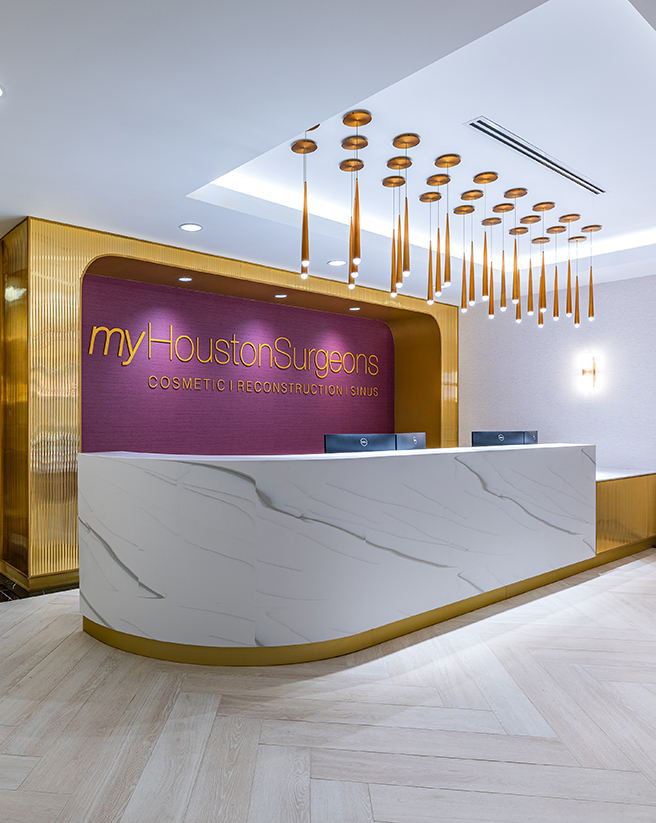TYPES OF SYNOSTOSIS TREATMENT
Metopic Synostosis
The most common form of craniosynostosis, the condition causes the forehead to take a triangular shape. This deformity may range from simple metopic ridging to severe trigonocephaly with markedly abnormal head shape. Our surgeons prefer to complete the procedure on patients who are between nine and eleven months of age. This allows them to widen the intraorbital distance and provide a smooth, pleasing contour for the forehead.
Saggital Synostosis
Caused by a variety of gene abnormalities, sagittal synostosis can most often be treated with minimally invasive techniques for babies less than two months of age. In cases where early treatment is not instituted, it is best to delay treatment until approximately nine to ten months of age.
Unicoronal Synostosis
Mainly associated with cosmetic deformities including eye, nasal, and forehead, the condition is treated surgically between nine and twelve months of age. During the procedure, our surgeons reshape the bone that creates the brow and remodel the forehead from its flat appearance to a more natural one.
Multiple Suture Synostosis
This refers to the serious condition where more than one of the sutures of the cranium fuse prematurely. Fortunately, we can treat the defect with a variety of surgeries. We control elevated intracranial pressure with multiple techniques, including early fronto-orbital advancement surgery, early shunting, and early monoblock advancement procedures.





